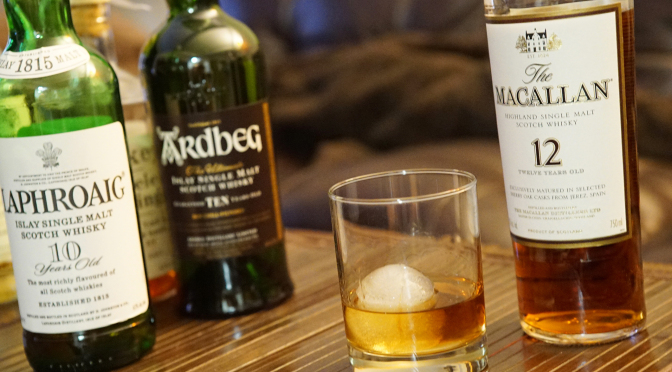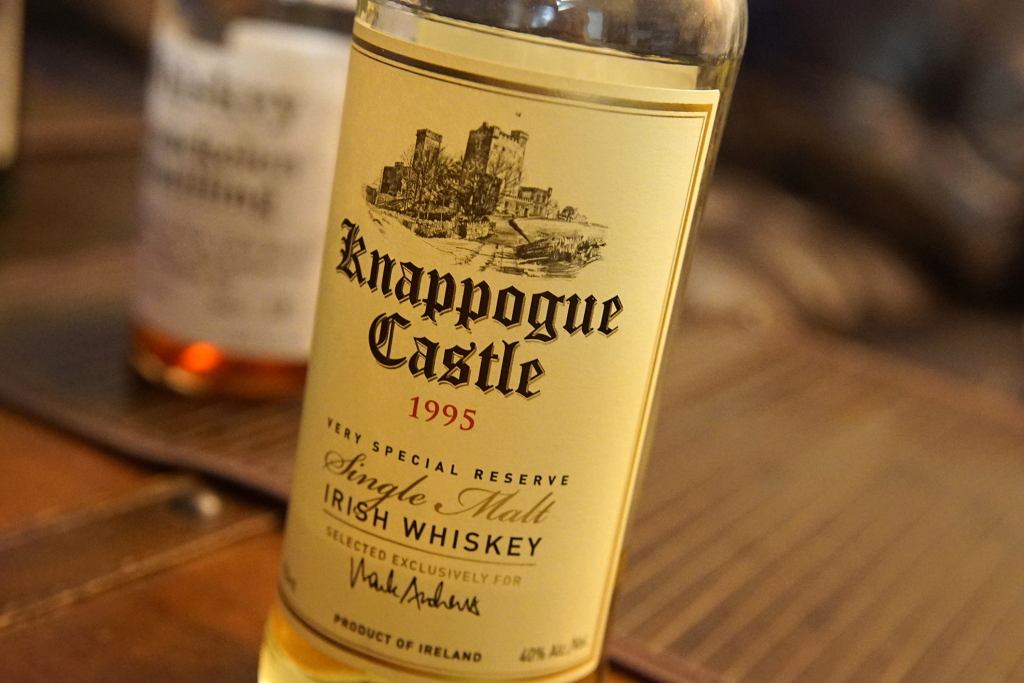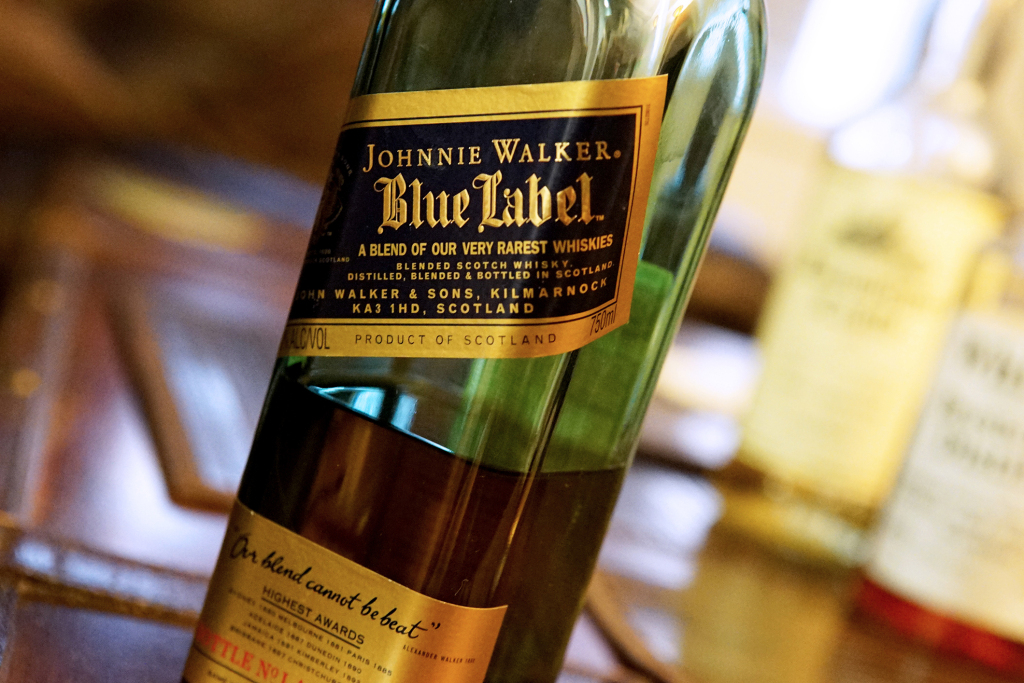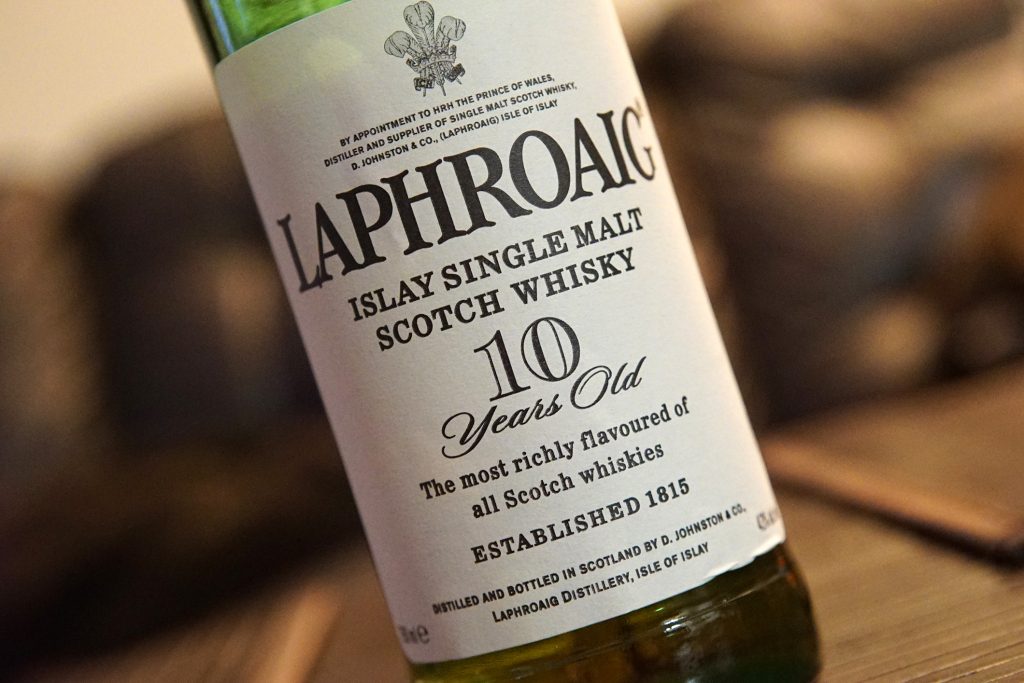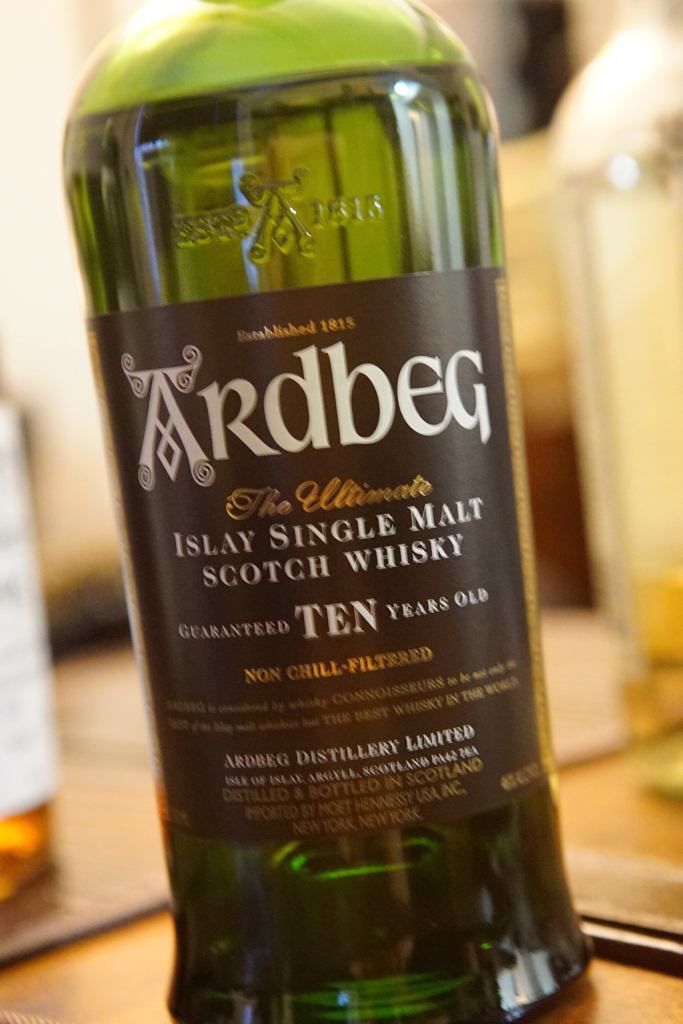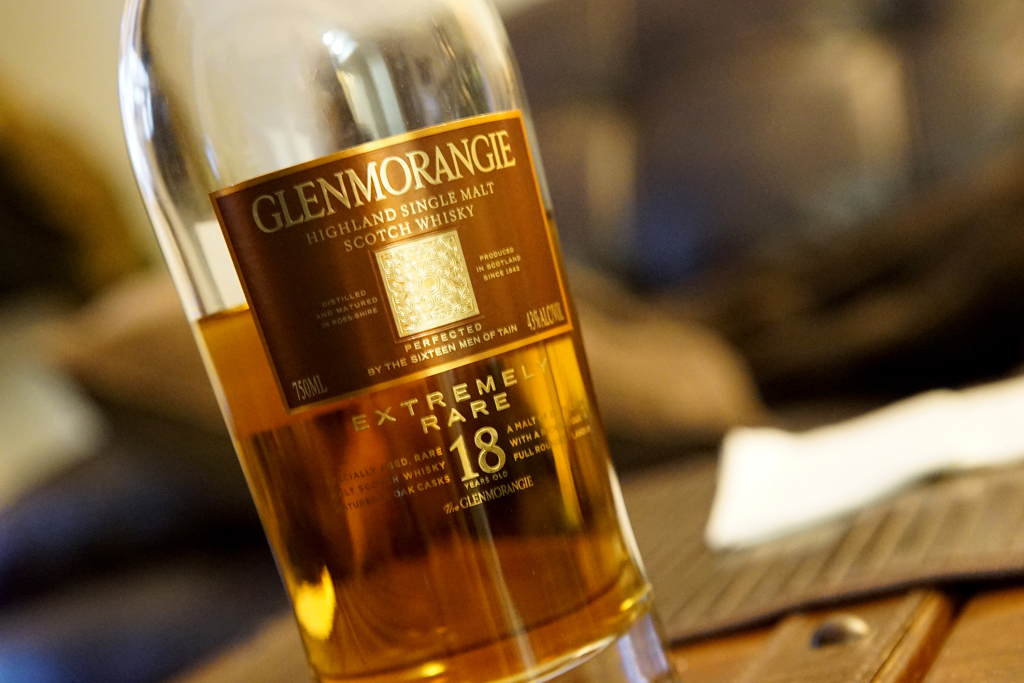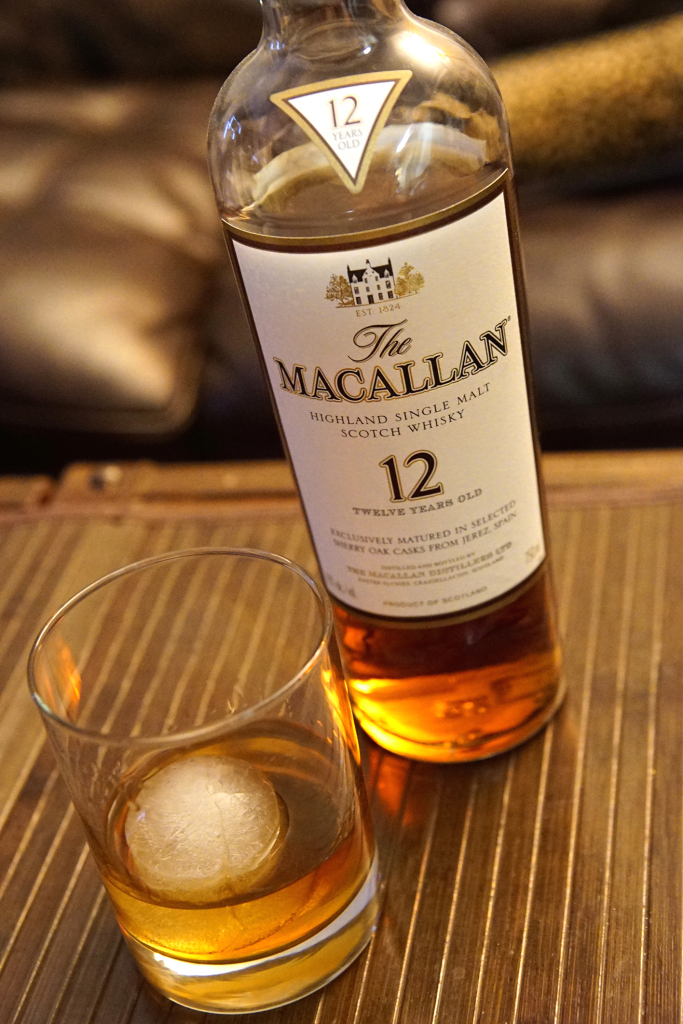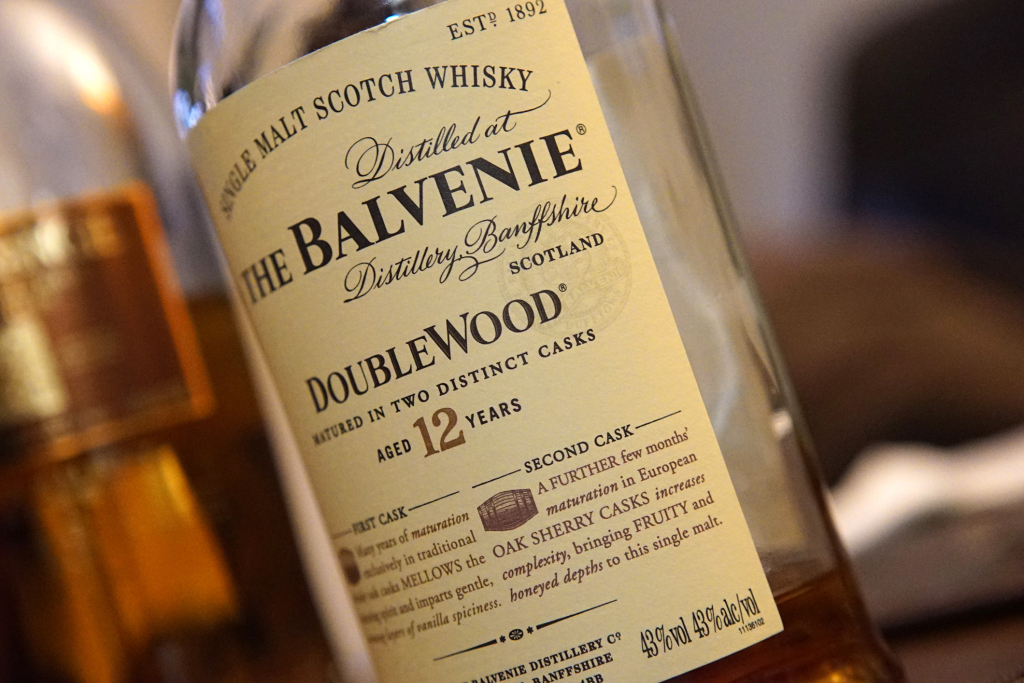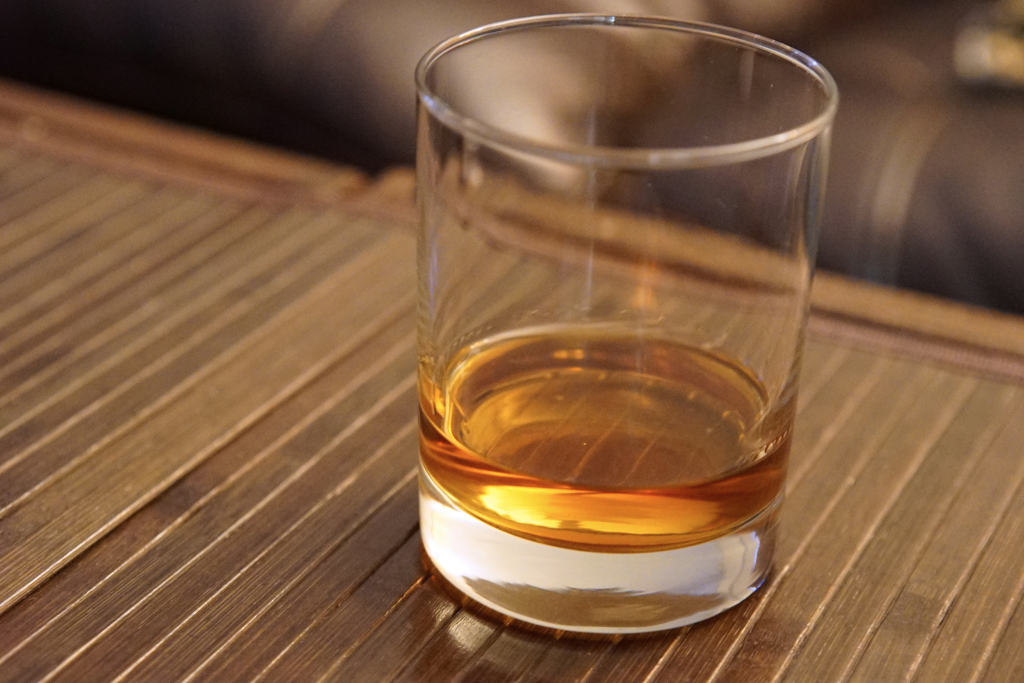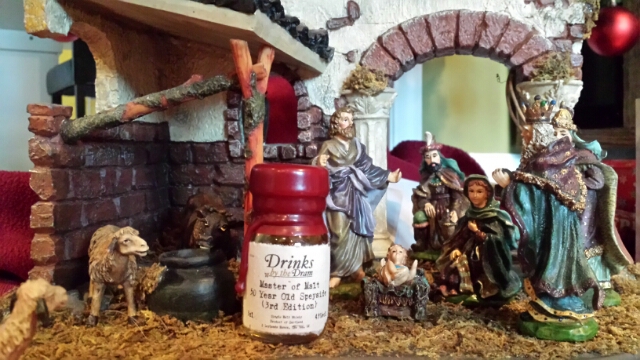This page is dedicated to the greatest liquor around: whiskey. Aside from a dirty, dry, gin martini, a glass of scotch and/or whiskey is probably the greatest thing to happen to the male sex since the discovery of female tits, ass and vagina. Read and learn all about these great accompaniments to dinner.
You may sometimes see it spelled “whisky,” or generically (and often erroneously) referred to as “scotch.” You might also see scotch lumped in with things like bourbon or rye. Shit, you’ll even see single malts confused with blends. But words have meanings, my friends, and this is where you will learn them, and where you will find my opinions about which are the best.
Terminology
Whiskey/Whisky: Whisky is alcohol that’s been distilled from fermented grain mash. All whiskey must be distilled at a minimum of 40% and a maximum of 94.8% ABV. The spelling is generally different based on which country it is from. A nice rule of thumb is that countries that do not have an E in their name do not spell whisky with an E. Examples: Scotland/Japan = Whisky; America/Ireland = Whiskey
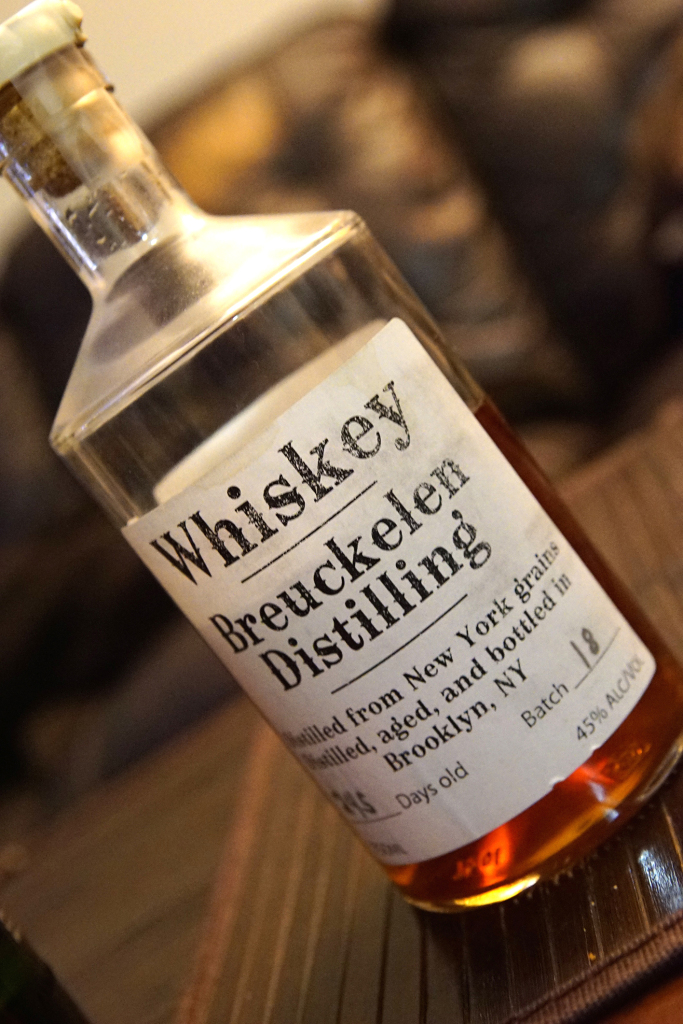
Grain Whisky: Whisky made, at least in part, from grains other than malted barley.
Malt Whisky: Whisky made primarily from malted barley.
Irish Whiskey: Yup, you guessed it… whiskey made in Ireland. It must be distilled to an ABV of less than 94.8%. Additional rules are that it must be aged three or more years in wooden barrels, and if two or more distillates are used the whiskey must be labeled as a “blend.”
Scotch: The mash must be barley, it must be from Scotland, and it must be aged in oak barrels for three or more years at an ABV of less than 94.8%. Pretty simple.
Single Malt: Essentially this just means that the whisky is a product of a single distillery. A single-malt Laphroaig may contain whisky from many barrels produced at their distillery, but it must contain whisky produced only at Laphroaig.
Blended Malt: Also known as vatted malts, these are a blend of single malts from two or more distilleries.
Single Grain: Very misleading. It means barley and one or more other cereal grains were used, produced only at a single distillery (similar to single malt).
Blended Grain: Blend of single grains from two or more distilleries.
Blended Scotch Whisky: A mix of both single malt whisky and single grain whisky, sourced from several different distilleries.
Single Barrel: This is a whisky from a single barrel, unmixed with other barrels. Very rare.
Bourbon: Grain mix must be at least 51% corn, and bourbons are from the USA and aged in new charred oak barrels. Straight bourbon is a bourbon that has aged two or more years. While most bourbon is made in Kentucky, it is not a requirement. Bourbon can be no more than 80% alcohol (160 proof) and no more than 62.5% when put into casks for aging in new charred oak barrels.
Tennessee Whiskey: Straight bourbon made in Tennessee and filtered through charcoal.
Rye: In Canada, there must be some rye in the mash. In the USA, however, there must be at least 51% rye in the mash, and they must be aged in new charred oak barrels. Like bourbon, straight rye is a rye that has aged two or more years. Rye can be no more than 80% alcohol (160 proof) and no more than 62.5% when put into casks for aging in new charred oak barrels.
Personal Preferences
I have two distinct likes when it comes to scotch. I enjoy the extremes of the spectrum: creamy and sweet like butterscotch, and super medicinal and peaty.
Let’s start with the peaty ones: Laphroaig 10 is like baseball glove leather, and I mean that in the best way possible. Very smokey and definitely an acquired taste. I absolutely love it.
That, Ardbeg (both the 10 year and the Corryvreckan) and Lagavulin are my favorite of the smokey, peaty varieties.
I have a great book called “Michael Jacksons Complete Guide to Single Malt Scotch” that I found to be very useful (Not Jacko – some other dude). It also rates them out of 100. Lagavulin 16 (their most common) gets like 96/100. That’s pretty fucking amazing for a bottle that typically costs $75-$100 (depending on how hard you are being raped in cities). Tasting anything higher ranked is going to cost you a shitload of scratch. In fact, I don’t think I’ve tasted anything rated higher than Lagavulin. Get it. It’s fucking totally mint.
For the smoother types: I like Macallan 18, Glenlivet 21, Balvenie Double Wood 12, and Glenmorangie 18.
That Glenlivet 21 is as clean as a freshly shaved snatch too, assuming there was a shower taken afterwards, and no STDs or weird rashes… One Christmas Eve I drank nearly half a bottle of GL21 and had no hangover whatsoever the next morning. Happy Birthday Jesus!!! The smoothies I listed here are all a bit more expensive (though Balvenie is not) but well worth it.
The Macallan and Glen Livet 12 years are nice to start with if you’d like to try something smooth as well, but I prefer the Balvenie Double Wood by far at that price point. They call it “double wood” because it has two hard cocks. No… because it is aged for most years in oak casks, but then finished in sherry casks, so it has a unique flavor.
Scotch Flavor Map
I came across this pretty cool chart thing a while back, and kept it handy for quick reference. This gives you a little visual of the flavor profiles people often discuss with scotch:

Regions of Scotch Production
There are essentially four main regions of scotch production in Scotland, and each region has flavors that are often typically associated with their scotches.
Speyside: fruity and delicate. The valley of the river Spey is often associated with flavors like vanilla, honey, apples and pears.
Lowlands: fresh, light. These malts are fragrant, floral, taste of cereal and are light in color.
Highlands: smooth and floral. In the west, you have some maritime influence in the flavor, and in the central highlands you get some honey and heather.
Islay/Skye Islands: peaty and briny. These robust malts are laden with the medicinal / iodine aromas of the sea.
Drinking Tips
One thing I like to do: drink the first half of my glass neat, then throw one or two ice cubes in and allow the flavors to change. It’s like having two different glasses of scotch in one, because the ice and water allow the scotch to open up (kind of like wine), and different aromas and flavors can be more easily detected.
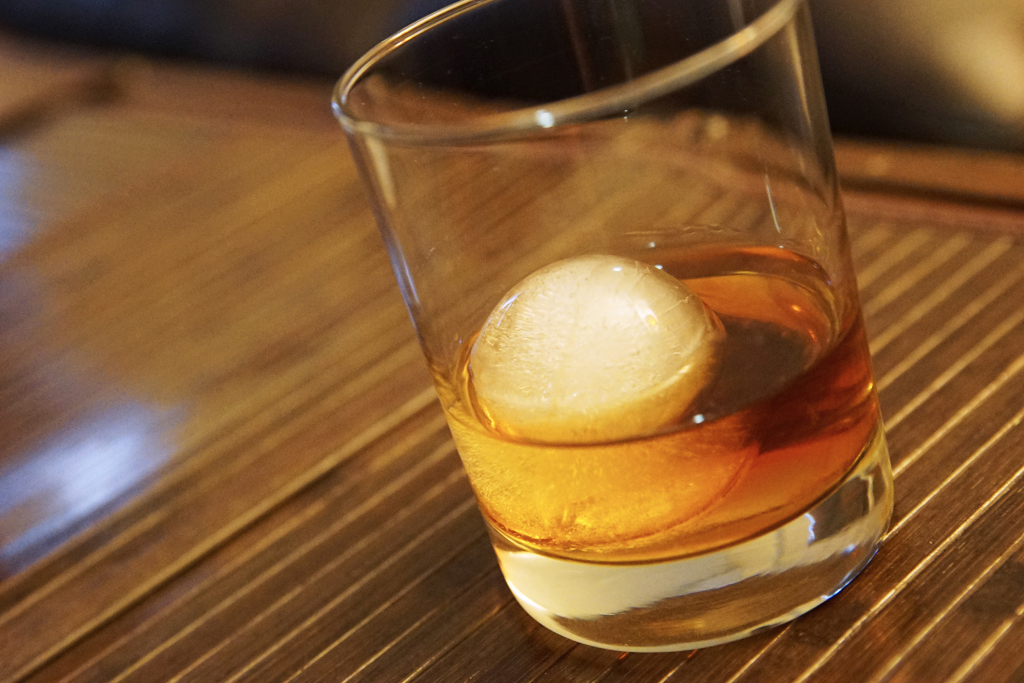
Another cool thing I learned at a tasting: splash a little scotch on the palm of your hand and rub your hands together like Mr. Miyagi. Then smell your hands. All sorts of aromas are unleashed. You’ll smell florals, vanillas, nuts, wood, etc. Very cool.
An interesting trick: suck air in through your teeth as you have some scotch in your mouth and on your tongue. The break-up and aeration of the liquid will release aromas and flavors that you might have otherwise missed.
Most important: take your time. I sometimes see scotch amateurs order a nice scotch and then shoot it fast. What a waste! Don’t be that fucking guy.
Organize a tasting: maximize your exposure to various scotches. If you’re anything like me, you have a bunch of buddies who love to drink. Chances are, a good crew of them dig scotch. Call them up and organize a scotch tasting. Everyone can bring their stash and you’ll have a really big selection to work with. Check out this selection we amassed last Christmas. Fuck yeah! I think we had 30 bottles total when a last minute arrival showed up, and it was something he brought back from China. Sweet!
A final note: scotch isn’t for everyone. Some people just don’t like this shit. Tastes are subjective, but tastes do change over time. I always hated tequila, for instance. But I respect the spirit and understand how tons of variety exists in the product lines. In fact I’ve recently started to come around to tequila through my enjoyment of aged mezcal. Maybe you’ll come around to scotch if your first impression is bad. Keep trying. You never know – your taste buds might have adjusted and now you might love scotch if you tried some good ones.
Other Resources
For a more in-depth dive into terminology, check out THIS SITE. Start at A, and work your way through Z. Do it. Don’t be a bitch.
Www.Maltmadness.com is a great resource, as is www.Malts.com. Whisky Magazine (out of the UK) is fantastic as well, also online at www.WhiskyMag.com.
You should also check out my post on the Whisky Advent Calendar. Needless to say that was a great December – a December to remember for sure.

